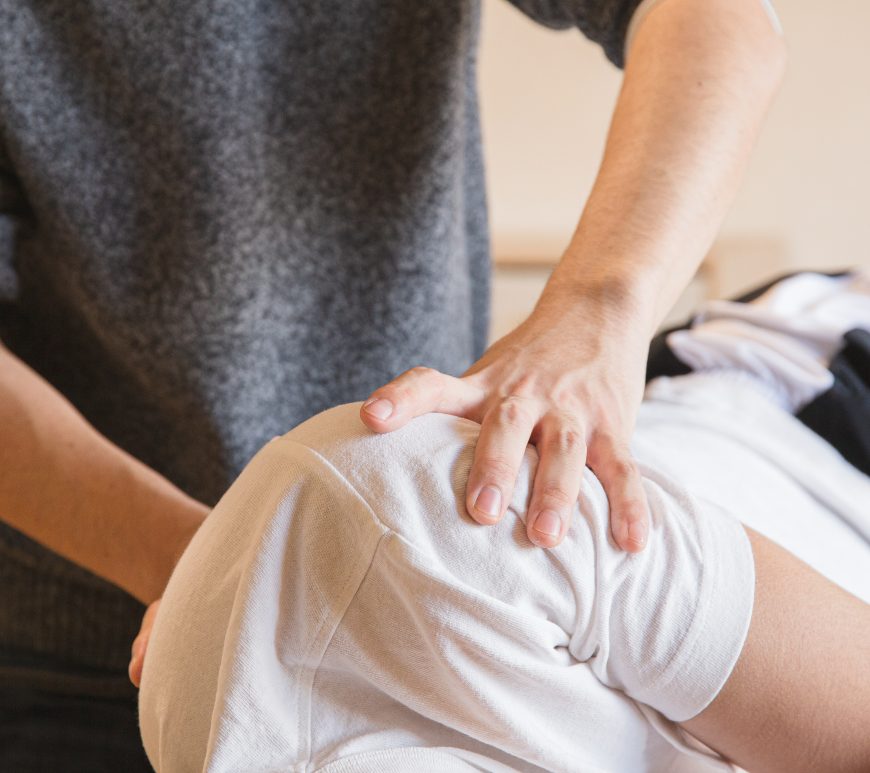Straight Leg Raise Test 5
Straight Leg Raise Test 5 – Crossed Straight Leg (Well-Leg) Raising Test of Fajersztajn Purpose: To test if a modified straight leg raise test with a bias towards the movement of the dura and contralateral lumbosacral (L4,5,S1) nerve roots assist in the differential diagnosis of nerve root pathology (disc prolapse) in people with neurologic symptoms associated with radiculopathy (1, 2). Patient position: Supine lying. Examiner … Continue reading Straight Leg Raise Test 5
